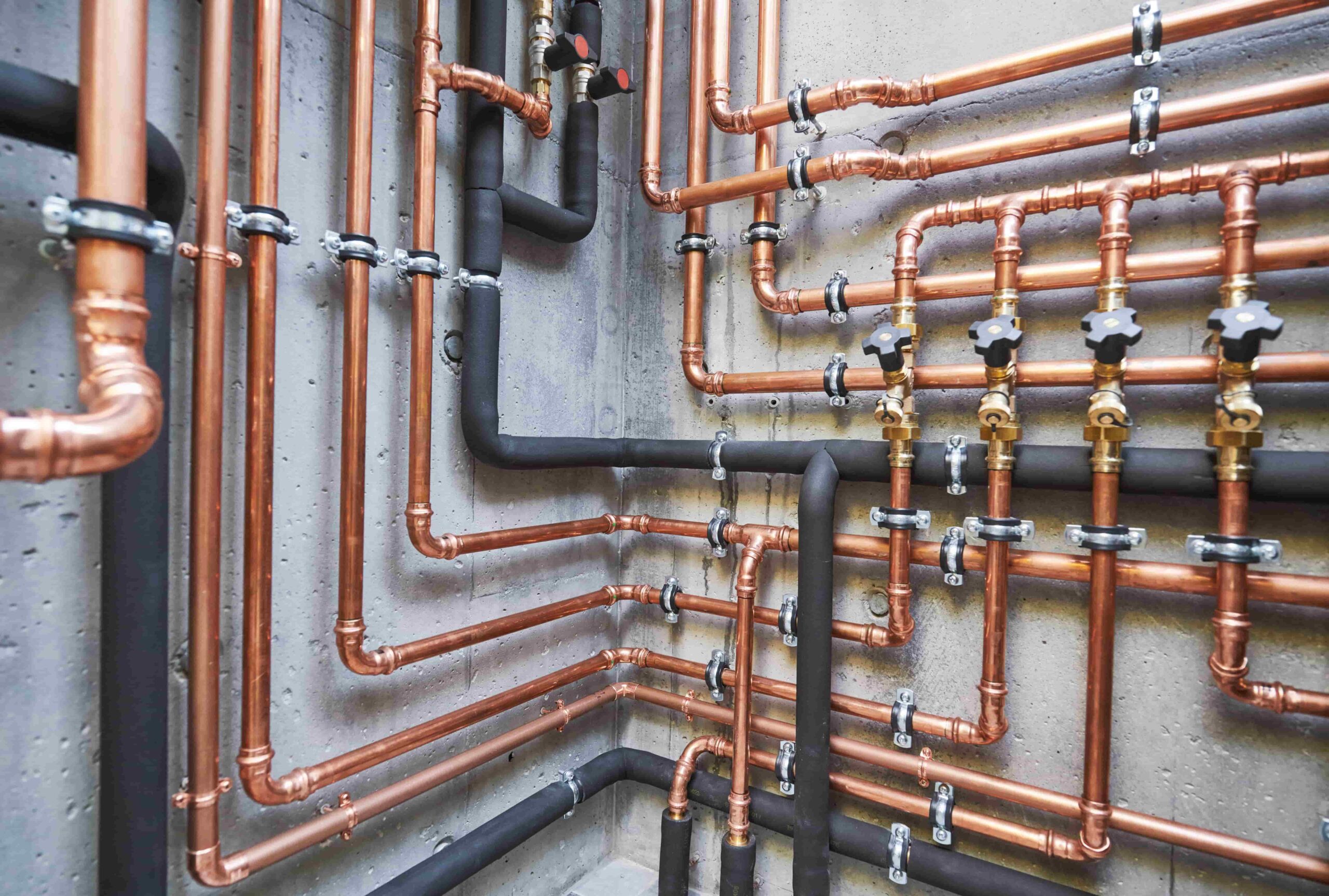In early October, CuSP attended UK Construction Week – the UK’s largest built environment event – at the NEC in Birmingham.
The event offered a diverse line-up of speakers delivering seminars across topics such as sustainability, infrastructure, digital construction and culture change in the industry. It also offered the opportunity to network with likeminded construction professionals and hear what their businesses are doing in the sustainability and innovation space.
We learnt a lot from the event, and we’ve rounded up our key takeaways and learnings below.
Upcoming infrastructure trends
We attended a seminar which explored the UK infrastructure forecast for 2024, providing valuable insights into what trends we can expect to see in the coming year.
It’s predicted that digital technology will play a key role in infrastructure next year, with AI becoming an increasingly used tool. AI can be used to aid infrastructure professionals during the design and planning process, analysing vast amounts of data and creating more accurate risk assessment models.
Digital twins – digital models of physical objects – are also predicted to play a big role in infrastructure in 2024. This is because companies can first build projects digitally, allowing them to run tests and optimisations before physically building the project.
As well as opportunities, 2024 is also expected to bring a number of challenges for the industry. For example, we are living and working through difficult political times and the industry is hungry for greater investment to help meet climate objectives. It’s likely that the Autumn Budget and the next general election, whenever this may be, will provide more clarity on these challenges.
Building for health
We learnt some interesting insights from a seminar session about healthy buildings and how to build and retrofit with health and wellbeing in mind. There are lots of things to consider in this space, including air quality, light, acoustics, biophilic design, social interaction and materials used.
With the increase in plastic use in the built environment, creating healthy buildings is something that the industry still has a long way to go to achieve. Copper can play a key role in this, as it has a number of properties which make it the healthy material choice for plumbing.
For example, copper has a natural resistance against bacteria, viruses and fungi and also has antimicrobial properties. Copper releases oxidising atoms when microbes land on its surface, pulling electrons from the atoms that make up the cell wall and ultimately killing the microbe.
What’s more, copper pipes aren’t susceptible to leaching and provide incredible thermal resilience, as the only material able to withstand thermal shocking at 70°C. Thermal shocking at this temperature effectively kills waterborne viruses such as Legionella pneumophila.

Learn more about copper’s impressive properties below.
The retrofit opportunity
Architect and television presenter, George Clarke, sat on a panel discussion which touched on retrofitting and the opportunities that it provides to the industry.
Currently, there is a huge amount of housing stock in the UK that needs to be retrofitted to help us meet net-zero targets, but there are many challenges involved. For example, it is much easier and cheaper to build a new building than to retrofit an existing building, so it is a challenge in itself to change the mindset of the industry and make people realise the opportunity that retrofitting brings.
Funding is also a challenge, as retrofitting can be costly, so more investment is needed to make it a viable option for homeowners and developers across the country.
UK Construction Week provided us with lots of valuable insights into current trends in the industry and what we can expect to see in 2024. As the industry evolves, and we have more targets to reach and more innovative ways to reach them, events like this are so important to educate people on the role they can play in changing the industry for the better.
Copper has a vital role to play in this, contributing to not only the sustainability agenda but also the health and wellbeing agenda. The time has come for us to prioritise people and planet and copper is the perfect, professional solution.
Want to learn more about the use of copper in the built environment? Check out our other news items or subscribe to our newsletter!

